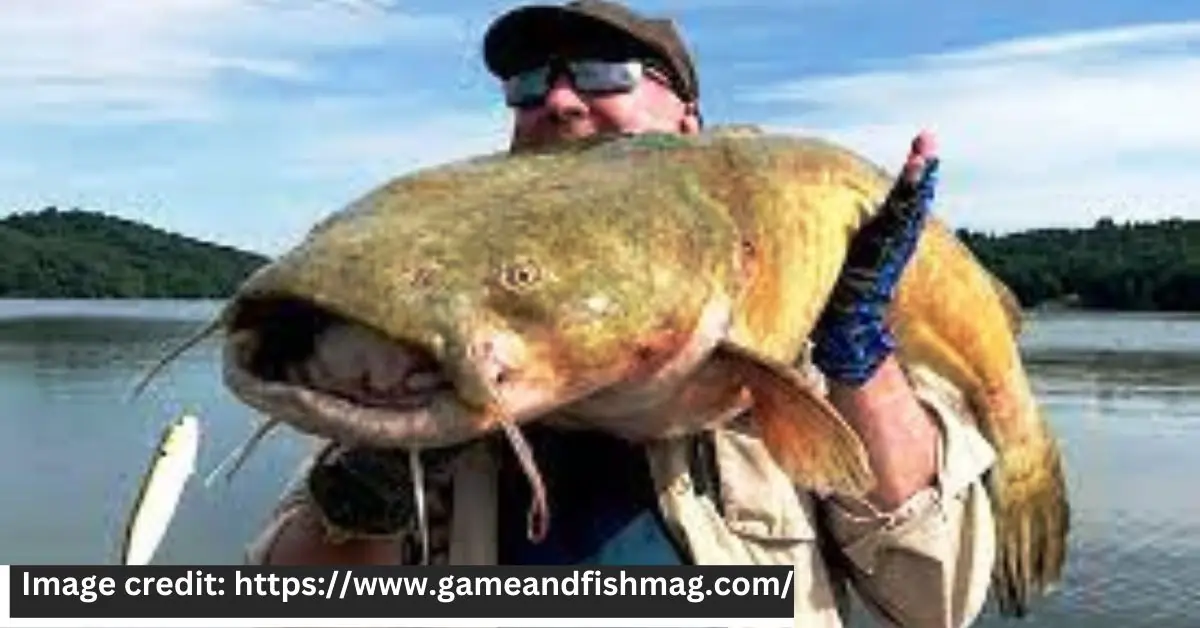Best Catfish Fishing Techniques
Catfish fishing is an activity cherished by anglers everywhere, appealing to both novices and experts alike. Renowned for their vigorous battles and savory flavor, catfish have become a prized catch in freshwater locales around the world. For anyone passionate about fishing, grasping the optimal techniques for catching catfish can greatly elevate the angling experience.
This blog post aims to delve into the most successful strategies for reeling in these tenacious fish. From selecting the right bait to understanding their unique behaviors, we’ll explore a variety of methods to enhance your chances of landing these formidable, whiskered adversaries. Whether you’re a seasoned pro or just starting, these insights will enrich your catfish fishing adventures and possibly lead to some impressive catches.
1. Choosing the Right Bait

The secret to successful catfishing heavily relies on the choice of bait. These fish possess an exceptional sense of smell, which is why baits with strong odors, such as chicken liver, nightcrawlers, and specially formulated stink baits, prove to be highly effective. These odorous offerings are irresistible to catfish, luring them out of their hiding spots. For those targeting bigger catfish, opting for live bait becomes a strategic move. Small fish or crawfish are particularly alluring to larger catfish, often triggering their predatory instincts.
The right bait not only tempts the catfish but also plays a crucial role in the type and size of catfish you are likely to attract. Understanding and utilizing this knowledge can significantly increase your chances of a successful catch, making your catfishing experience both rewarding and exciting.
2. Understanding Catfish Habits
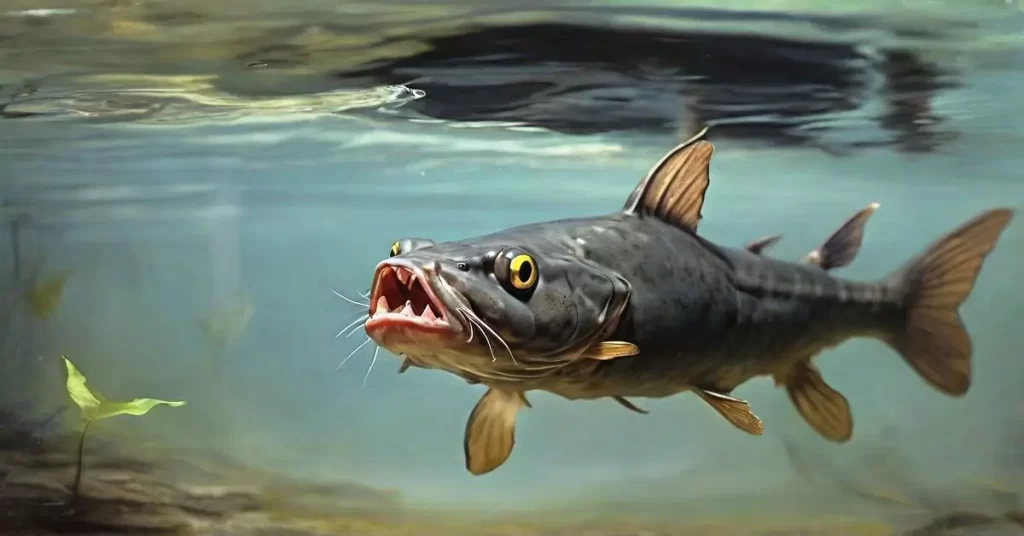
Successfully catching catfish involves more than just the right bait; it requires an understanding of their behavioral patterns and habitats. Catfish are creatures of habit, often found in areas that provide ample cover and protection. Common hiding spots include submerged logs, deep pools, and sheltered areas near river bends. These spots offer safety and a strategic position for them to ambush prey. During daylight hours, catfish tend to seek refuge in deeper waters where they feel more secure from predators and environmental elements.
As twilight approaches, however, they venture into shallower regions to feed. This shift in location occurs primarily at dawn and dusk, making these times particularly fruitful for anglers. By familiarizing yourself with these habits and preferences, you can strategically plan your fishing expeditions to places and times where catfish are most active, greatly enhancing your chances of a successful catch.
3. Bottom Fishing Strategy
Bottom fishing stands out as a time-honored and efficient approach to catfishing. This method is straightforward yet effective: cast your bait into the water and allow it to descend to the river or lake bed, where catfish are commonly found feeding. The technique relies on the natural behavior of catfish, which often scavenge along the bottom for food. To optimize this strategy, it’s crucial to use a rod with good sensitivity.
Catfish are known for their gentle nibbling rather than aggressive biting, so a rod that can pick up on these subtle movements is key. Feeling the faint tugs and pulls of a catfish sampling your bait is essential for timing your response correctly. By employing this bottom fishing strategy, anglers can significantly increase their chances of luring catfish effectively, making it a staple method in any catfish angler’s repertoire.
4. Tackle and Gear Selection
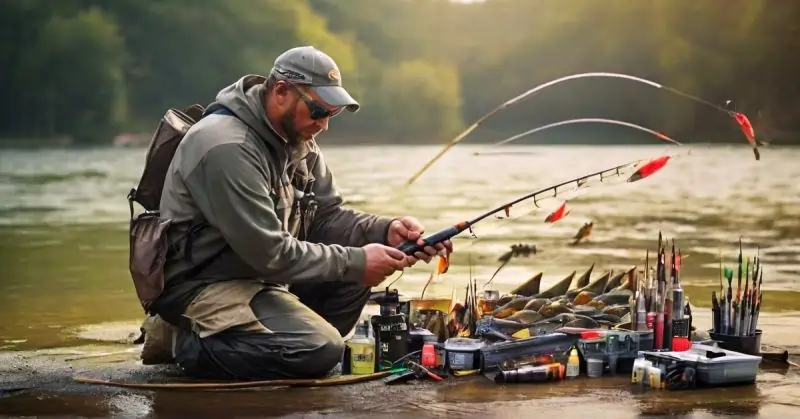
Selecting the appropriate tackle is a critical aspect of catfishing, especially when targeting larger specimens. The ideal setup includes a medium to heavy rod equipped with a strong backbone. This type of rod not only ensures durability under the strain of a fighting catfish but also provides the necessary power for effective hook setting. Pairing your rod with a robust line is equally important. A strong line, resistant to abrasion and capable of withstanding the catfish’s weight and strength, is essential for a successful catch.
Additionally, a high-quality reel with a smooth and reliable drag system is crucial. Such a reel aids in managing the fish during the fight, allowing for controlled line release when the catfish makes powerful runs. This combination of a sturdy rod, resilient line, and a dependable reel forms the foundation of effective catfishing gear, setting anglers up for success against these formidable opponents.
5. Drift Fishing for Active Hunting
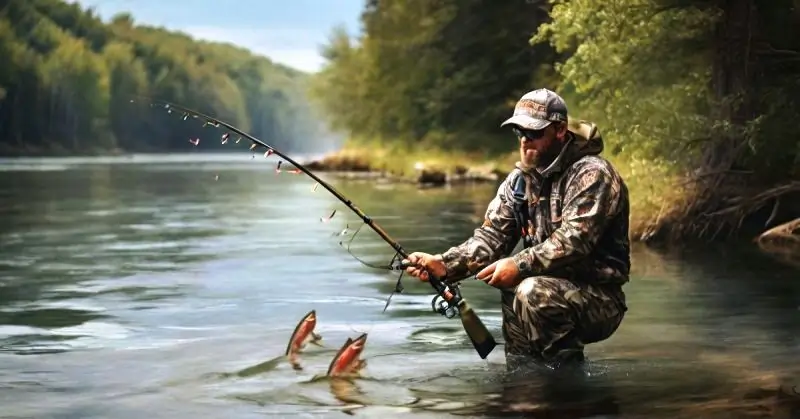
Drift fishing is an excellent technique for actively seeking out catfish, particularly useful in expansive water bodies like rivers and large lakes. This dynamic method involves allowing your bait to naturally drift with the current, keeping it close to the bottom where catfish are often found. The advantage of drift fishing lies in its ability to cover a larger area of water, significantly increasing your chances of encountering active, feeding catfish.
As your bait moves along with the water’s flow, it mimics the movement of live prey, making it more appealing to catfish on the prowl. This method can be especially effective in larger bodies of water where catfish tend to roam extensively in search of food. By employing drift fishing, anglers can effectively explore various spots and depths, locating those active catfish more efficiently than with stationary fishing methods.
6. Patience and Persistence

In the world of catfish fishing, patience isn’t just a virtue; it’s a necessity. Catfish are known for their unpredictable nature, often proving to be finicky when it comes to taking the bait. It’s not uncommon for anglers to spend hours waiting for that elusive bite. The key is not to lose heart. Persistence plays a crucial role in successful catfish fishing. If a particular spot or bait isn’t yielding results, don’t hesitate to switch things up. Trying different locations, depths, and types of bait can make all the difference.
Remember, each fishing spot has its unique characteristics, and what works in one may not work in another. Similarly, varying your bait can appeal to the diverse taste preferences of catfish. Embrace the waiting game as part of the experience. With patience and the willingness to adapt your strategy, you’ll increase your chances of a rewarding catch.
7. Handling and Conservation
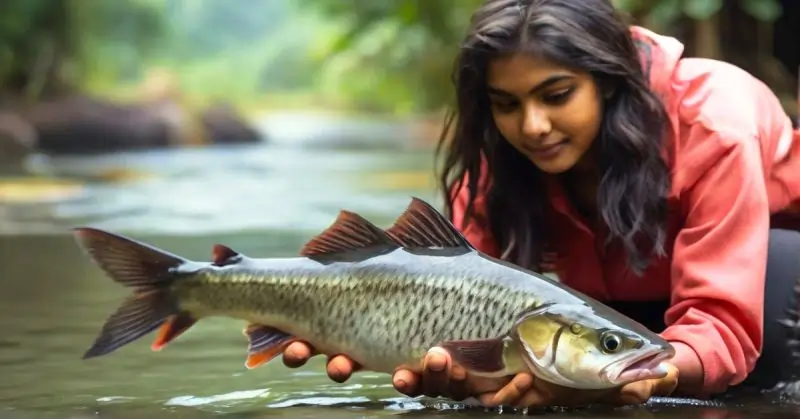
Responsible handling and conservation are crucial aspects of catfish fishing, especially when practicing catch-and-release. Proper handling ensures the well-being of the fish, particularly for those being returned to the water. When handling catfish, it’s important to use wet hands. This precaution helps to preserve the fish’s protective mucus layer, a vital part of their immune system that guards against infection and injury. Dry hands can strip away this layer, leaving the fish vulnerable. Additionally, be gentle and avoid squeezing the fish too tightly, as this can cause internal damage.
The practice of catch-and-release, when done correctly, plays a significant role in sustaining healthy catfish populations. It allows for the conservation of the species, ensuring that future generations can enjoy the thrill of catfishing. By being mindful of these practices, anglers contribute positively to the ecosystem and help maintain a balanced aquatic environment
FAQ on Best Catfish Fishing Techniques
Q: What are the best baits for catfish fishing?
A: Stinky baits like chicken liver, nightcrawlers, and stink baits are effective, as well as live baits for bigger catfish.
Q: Where can I typically find catfish?
A: Catfish are often found near submerged logs, deep pools, and river bends, and in deeper waters during the day.
Q: What is a good strategy for catching catfish?
A: Bottom fishing is effective; cast your bait and let it sink to the bottom where catfish usually feed.
Q: How should I handle catfish for catch-and-release?
A: Use wet hands to handle catfish gently and avoid removing their protective mucus layer, which is crucial for their health.
Conclusion
Mastering these catfish fishing techniques can lead to successful and rewarding angling adventures. Remember, each fishing trip is a learning experience. So, grab your gear, head to the nearest water body, and enjoy the thrill of catfishing!
